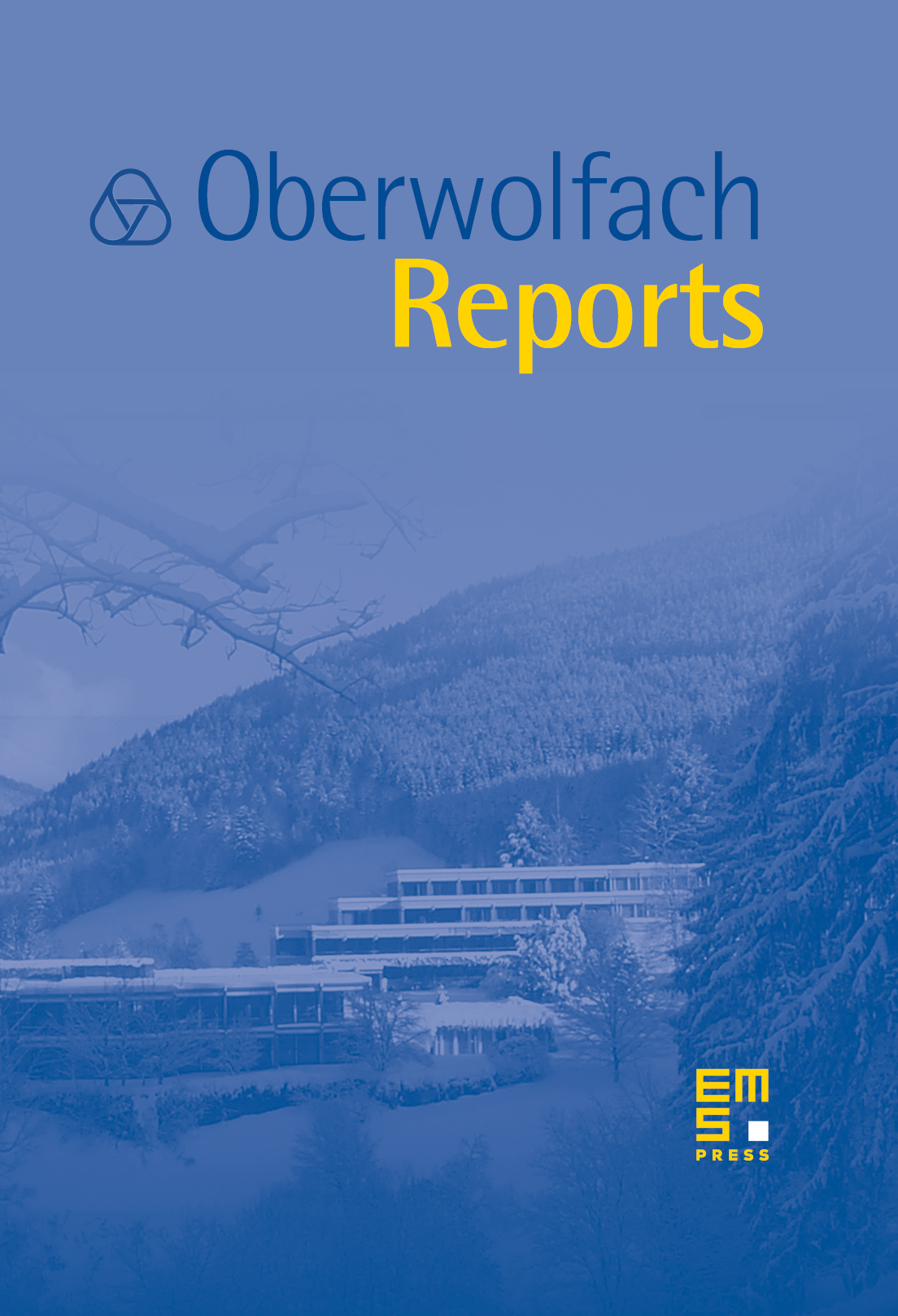Mini-Workshop: Mathematical Models for Cancer Cell Migration
Andreas Deutsch
Technische Universität Dresden, GermanyThomas Hillen
University of Alberta, Edmonton, CanadaChristina Surulescu
Technische Universität Kaiserslautern, GermanyMichael Winkler
Universität Paderborn, Germany

Abstract
Tumour cell invasion is an essential hallmark in the progression of malignant cancer. Thereby, cancer cells migrate through the surrounding tissue (normal cells, extracellular matrix, interstitial fluid) towards blood or lymph vessels which they penetrate and thus access the blood flow. They are carried by blood circulation to distant locations where they extravasate and develop new tumours, a phenomenon known as metastasis. The invasive spread of cancer cells is highly complex – it involves several mechanisms, like diffusion, chemotaxis and haptotaxis; these in turn are conditioned by and influence the subcellular dynamics.
Mathematical models offer a powerful tool to gain insight into the complicated biological processess connected to tumour invasion and have also stimulated advanced mathematical research. Some of the new developments in the field of biomedical oncology were inspired by such models. A significant challenge arises due to the interactions of cancer cells with a complicated and structured microenvironment of healthy tissue. Many of the models of cancer cell migration are based on partial differential equations (PDEs) including spatial heterogeneity, orientational tissue structure, tissue stiffness and deformability. Specific settings relate to reaction-diffusion equations, transport equations, continuum equations, and to their multi-scale analysis, to local and global existence and uniqueness, to pattern formation, blow-ups and invasions. A further approach involves agent-based models providing a characterisation of cell migration by way of simulating the (inter)actions of autonomous agents (individual cells, collective dynamics) and aiming for assessing their effects on the entire system.
In this meeting we covered the full spectrum between macroscopic PDE models and microscopic individual based models with the common goal of modelling cancer cell migration. Of particular interest was the derivation of macroscopic properties from microscopic details. Similar multiscale models have been used in other contexts (such as chemotaxis for example), and we gained some significant insight from the collaborations in this workshop. In this one week meeting we posted nine open ended problems (outlined below), which will form the seed for new collaborations going far beyond this workshop.
Cite this article
Andreas Deutsch, Thomas Hillen, Christina Surulescu, Michael Winkler, Mini-Workshop: Mathematical Models for Cancer Cell Migration. Oberwolfach Rep. 11 (2014), no. 2, pp. 1075–1109
DOI 10.4171/OWR/2014/19